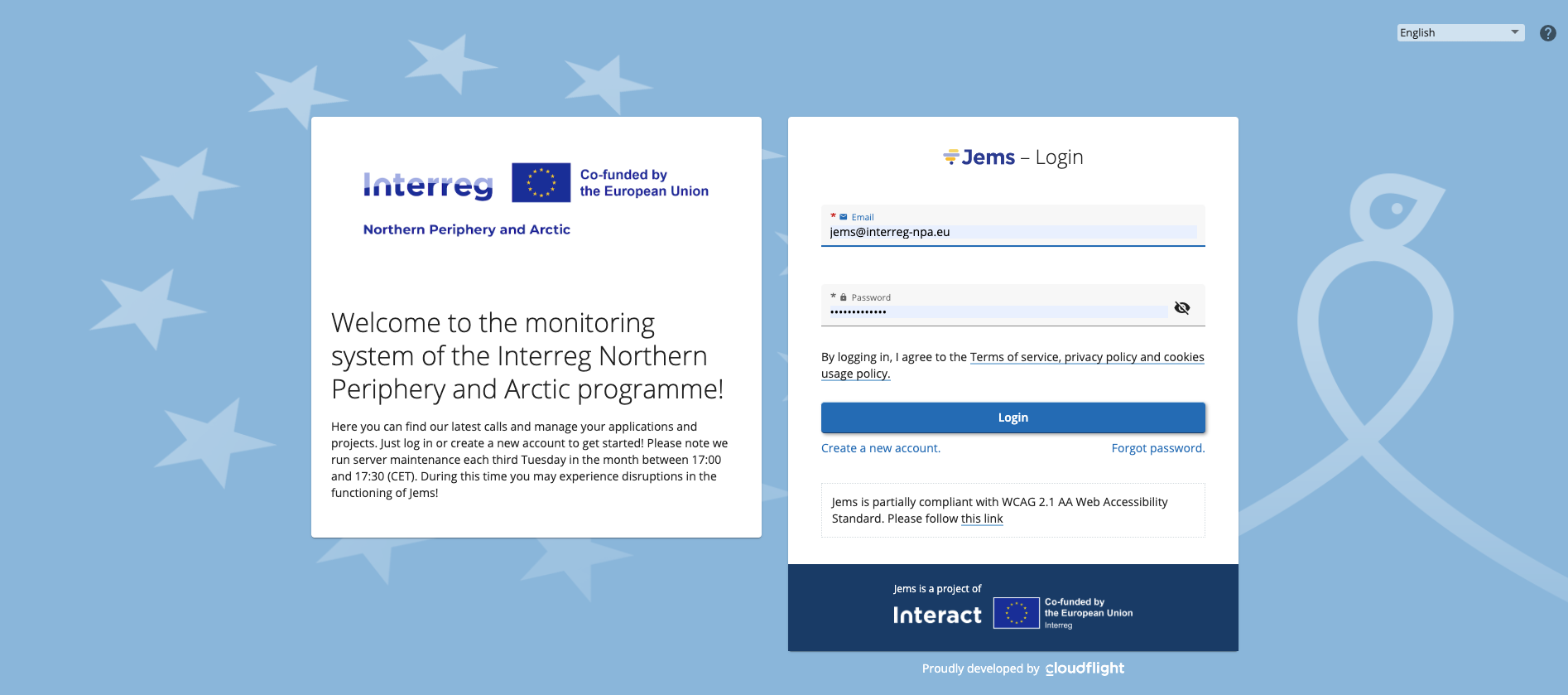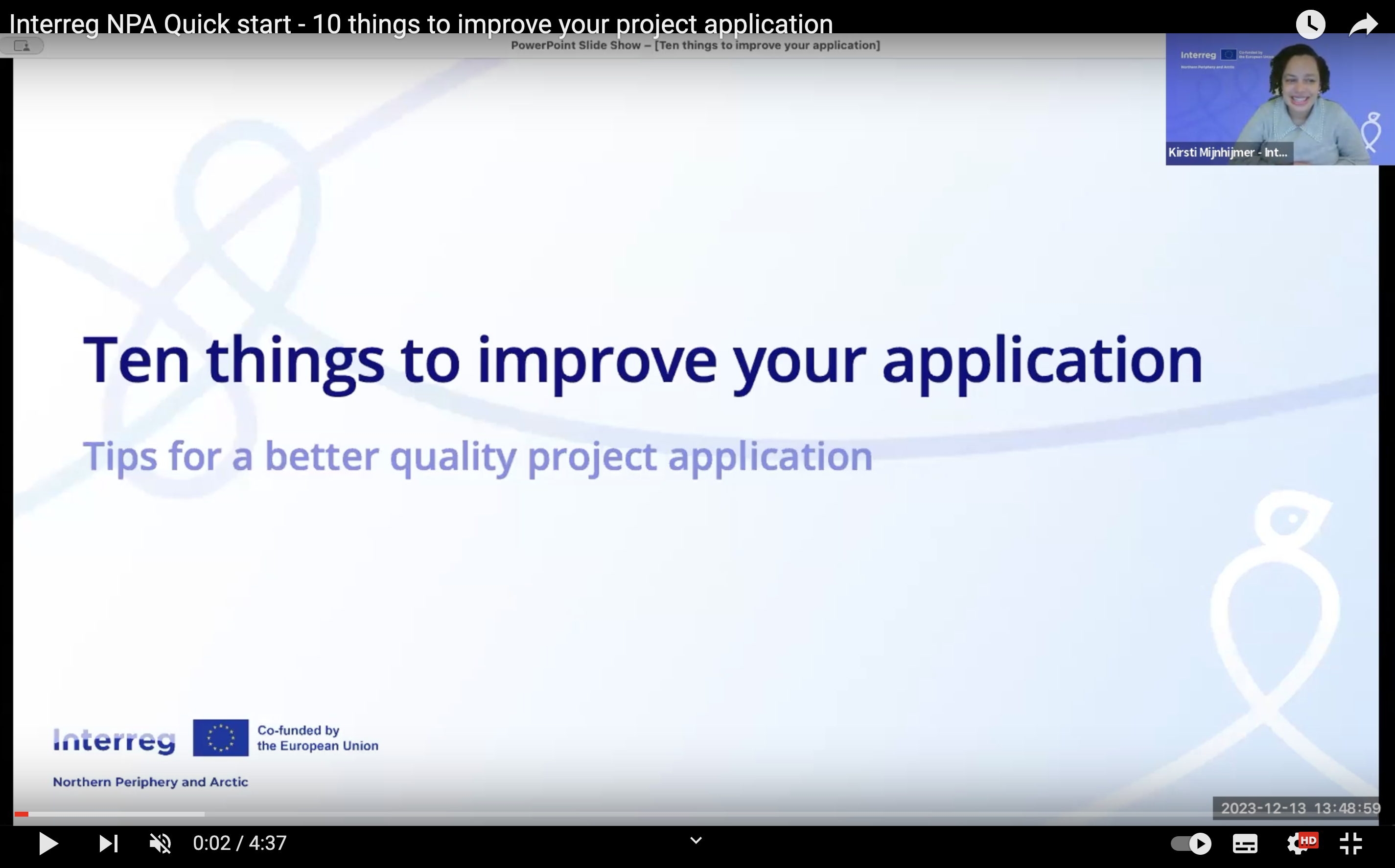How to apply
Applying is easier than you think. On this page, we'll take you through the steps and clarify the process. Discover if your idea is a good match, connect with potential partners, how to submit your project proposal, and access valuable resources.
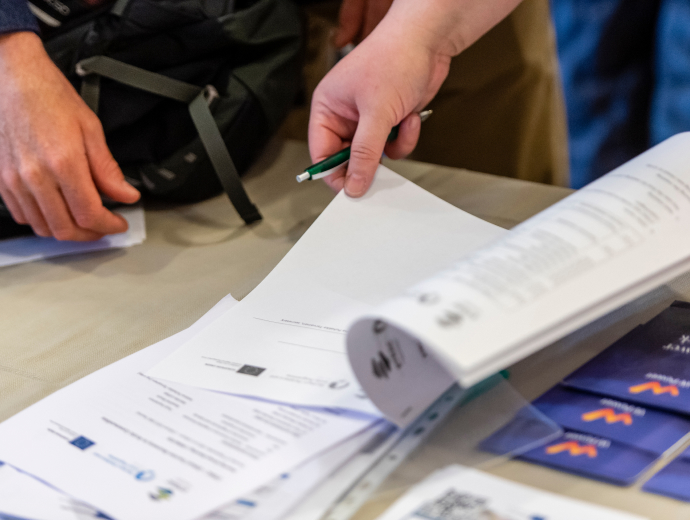
1. Focus your project
It all starts with seeing what we have in common in the Northern Periphery and Arctic! You share a problem or see an opportunity that affects people specifically in the NPA region, and you have an idea how to address it. Good start! The first thing you need to do is to check if that idea fits well within our programme vision and objectives.
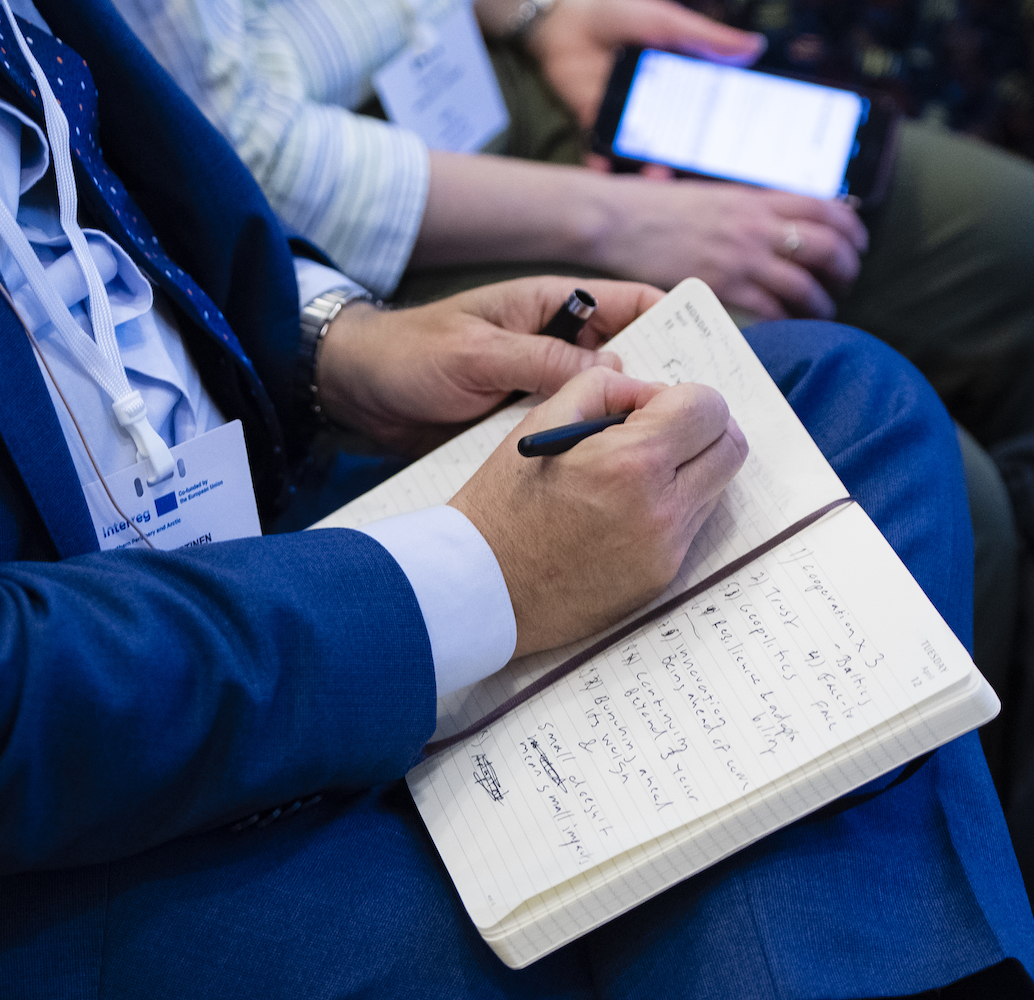
Focus: What you need to do
Your project idea should be rooted in the strengths and needs of the communities living in remote and sparsely populated areas. And, it should fall within the strategic priorities of the programme, taking into account any call restrictions. Check what you need to do to focus your project idea.
The development needs and potentials of the programme area, together with the EU policy goals and local context, have resulted in three priorities to achieve the programme vision.
The first thing you need to do is to check if your idea fits within the themes in our priorities. You must chose only one specific objective defined for each priority.
To help you understand if your idea is suitable, we have provided examples of actions supported, and we have listed groups that have an interest in each objective. You can find these details in publication.
Interreg NPA funds are granted through competitive calls for projects that open approximately twice a year.
There are different types of projects supported, before you move further you need to know if you aim for a preparatory, main or other types of projects.
Check our call calendar to see when is the next opportunity to submit an application for the type of projects you have chosen.
To keep up to date and receive a notifications when the next call opens sign up for our newsletter.
Each call has specific Terms of Reference (ToR) which describe any particular conditions for funding.
For example, the Monitoring Committee can decide that a certain priority is not open for applications, or that projects shall cover a specific topic of relevance to the area, like is the case with Priority 3 projects.
Information about limitations of available funding will also be announced in the ToR.
Make sure to read carefully the Terms of Reference published with each call!
Make sure that you are aware of other projects previously funded in the same theme as your project idea. Also consider the situation for your project topic in each of the participating countries. Have a look at our projects or the map of results from the NPA 2014-2020.

2. Find your partners
Ensuring the correct mix of transnational partners in a project is crucial to achieving genuine transnational cooperation and successful results. You look for qualified partners who can bring different competences, experiences and are directly affected by the challenge or opportunity you are working with. You should be selective and make sure that the partnership has the capacity to engage and deliver the envisaged project outcomes. Make sure you have the right organisations on board to make change happen!
Partnership: What you need to do
A good partnership can set you on the path for success. Check what you need to do to keep in mind when building a strong transnational team.
In general, project partnerships should include organisations from at least 3 programme partner countries, at least one of which from an EU Member State. These conditions vary based on the type of project.
Partnership should involve organisations based in at least 2 of the 3 zones of the programme area:
- Finland-Sweden-Norway;
- Ireland;
- Faroe Islands-Greenland-Iceland.
Interreg NPA projects are rooted in the needs of the programme area and this can be best demonstrated by involving organisations from the different programme regions.
Engaging with partners and stakeholders from the different regions also allows an effective uptake of project results in all the involved countries.
One of the unique features of cooperation is to pool together different skills, knowledge and expertise to work for a common goal.
For this reason, it is recommended that every partner is competent and contributes complementary skills, knowledge, and experience to the project. This means engaging with organisations from different governance levels, companies, NGOs, research centres, and any other organisation that has an interest and an impact in the project idea.
However, there is no one-size fits all partnership. Eventually, the ideal composition of your partnership depends on the aims and scope of the project.
Partnerships in the Interreg NPA Programme are built on 3 types of partners: Lead Partners, project partners, and associated partners.
-
The Lead Partner coordinates the project on behalf of the project partners and therefore takes more responsibilities. It must be a public organisation with proficient administrative and financial capacity to be able to manage a transnational project.
- The Project Partners have defined tasks and a budget in the project. They develop and carry out the project jointly.
- Associate partners have an interest in the project and may contribute in different ways, but they do not receive funds from the programme.
You are welcome to use this form to share your initial idea with potential partners or with the Regional Contact Points to help you find relevant partners in their countries.
3. Develop your project
One key ingredient to success is that partners are all on the same page when they start a cooperation project. Take time to include all partners in the discussion about the project objectives, split the tasks and agree on who will do what. Don't forget to include communication and thematic experts in the development, as well as the stakeholders who will eventually make use of the project tools and solutions. At this point you should also dive into the nitty gritty and learn the programme rules.
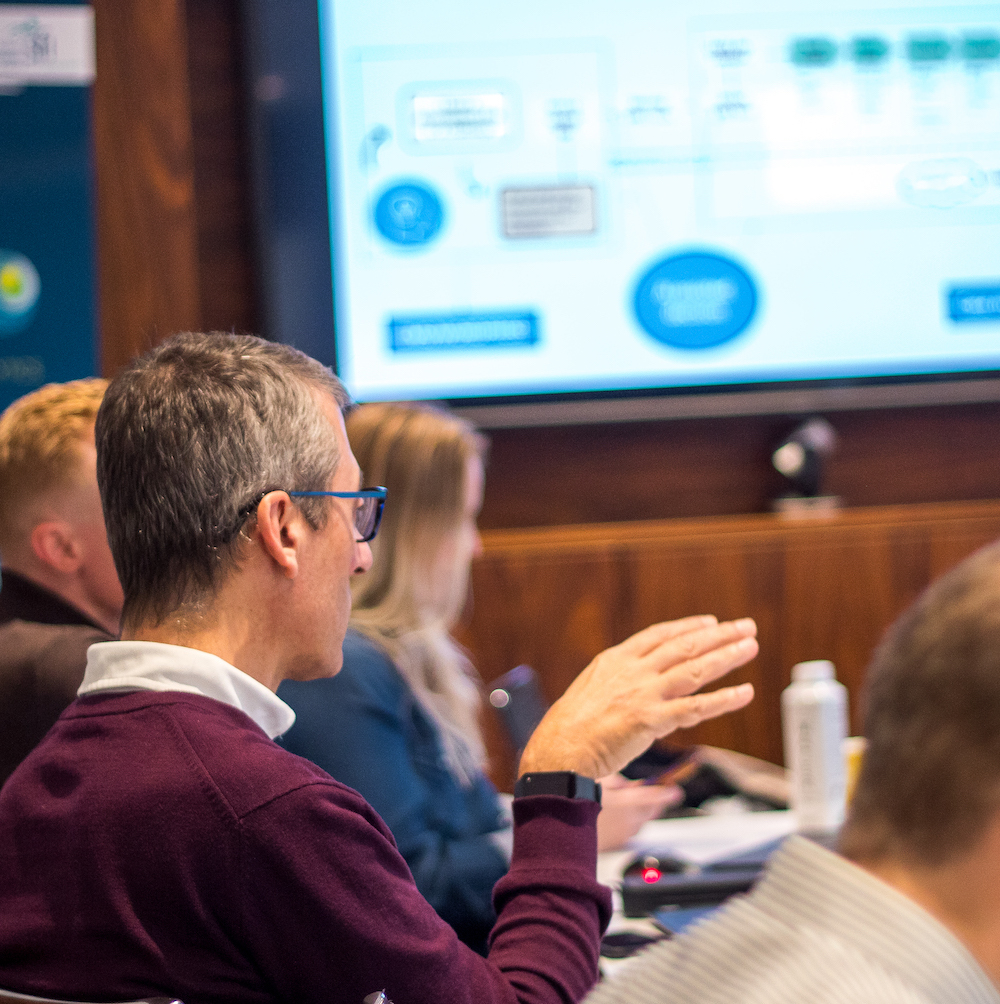
Development: What you need to do
Developing a transnational project takes time and resources. The steps below describe how to familiarise yourself with the programme rules and expectations, invest time to work with your partners and pave the way for a good project experience.
Planning a project is really important because it sets the path for everything else. It takes time to get it right.
You have to agree on what to do, figure out who's responsible for what, plan your budget, and secure co-financing. It's a good idea to start this process as soon as possible and involve all relevant people.
Experience shows that if a project is not planned properly from the beginning, it will consume time in the project and delay all the work. After all, you only have between 12 and 36 months to do the work.
Book online meetings with your partners and possibly meet in person with all the people involved in the project to flash out the details before submission.
Use the Application form template to develop you main project jointly, review different sections and contribute to the work packages.
The Programme Manual is the main guidance document for applicants. It contains the essential information needed for developing and implementing an Interreg NPA project.
Make sure you read carefully the chapter about How to develop a project where you will find a comprehensive description what you need to take into account when you prepare a project.
You might find it useful to have a look at the FAQ and Tutorials.
And if you still have questions you are always welcome to contact us.
The Lead Partner statement and the Partner statement are obligatory annexes to be completed, signed by the legal representative of each partner organisation and uploaded in Jems with your submitted project application.
Make sure all partners have these documents signed and scanned before the submission deadline.
All project applications must be submitted in Jems, our Joint Electronic Monitoring System.
Register a user, and start completing your application form online to familiarise with the system.
We have prepared a Jems User Manual to guide you through the application process. You will also find a FAQ section and brief tutorials to guide you.
If you need further assistance, you are welcome to contact the Jems Helpdesk: jems@interreg-npa.eu
NOTE - There are many Interreg programmes using customised versions of Jems, make sure you register to the Interreg NPA one, you will recognise it from the logo and the bird.
Both the Joint Secretariat and the Regional Contact Points organise trainings, local events and webinars to support project and partnership development.
Check the event calendar and sign up for the next event, or visit the event page of the past events to view useful materials or recordings of the online sessions.
We also recommend that you consult your project ideas with our Programme Manager for Project Development Support or our Regional Contact Points.
Find the right contacts here.
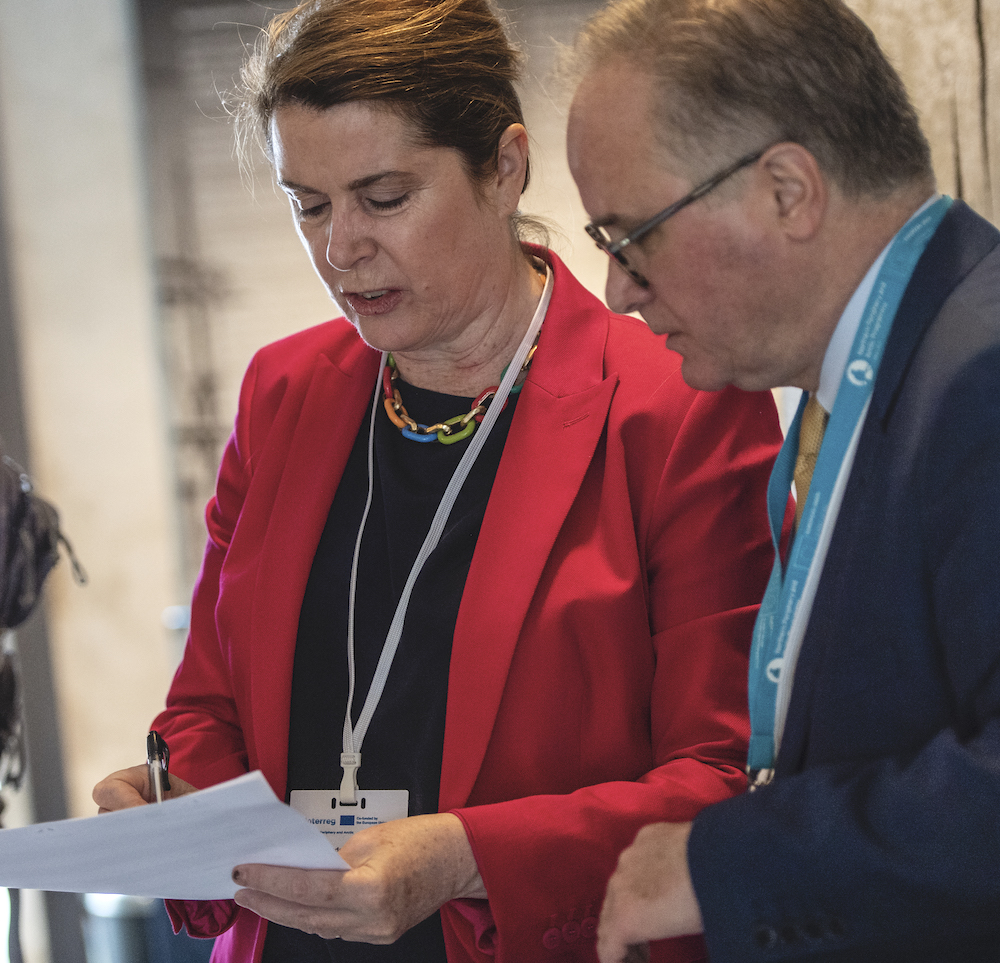
4. Run the checks
It is always a good idea to double check, because everybody knows the devil is in the details. A pair of fresh eyes can spot inconsistencies, forgotten details or a missing logic link. And, there are so many things to keep in mind when preparing a transnational project that a little help from technology can also make life easier.
Checks: What you need to do
Below you can read a list of recommendations to proof your project application before submitting it.
This list is based on the criteria that are used to assess applications, therefore it is a valuable tool to make sure that your project ticks all the boxes.
You can download the checklist for applicants here .
If possible, ask someone not involved in the project to proofread your application. Is it easy to understand, is it logical, is it concrete, is it clear who does what?
Using concise and simple language to explain even complex topics is going to make your project more understandable and thereby increase its chances of success.
Artificial Intelligence (AI) can help! You might run the summary of the project through an AI engine to rephrase it in shorter and simpler words. Or other parts of you application might be too long for the character limit, so AI can help you shorten it just to the right length.
5. Submit your application
You have nearly made it! Submitting a project application in Jems is a simple process, but it takes time. The system supports you with automatic checks and we have a step-by-step guidance to assist you through the entire process. Make time to complete the application form online and upload the attachments well before the deadline.

Submission: What you need to do
You have done a great job and it is time to finally submit your project proposal. Here are the last steps before clicking on "submit"!
When you create an application form in Jems you can immediately run the "pre-submission checks". This will display the information that must be filled in otherwise it will not be possible to submit your application.
Please note that some pre-submission checks become active only after content is filled in. For example, you will first need to create a budget for Jems to notify if you forgot a co-financing amount.
Therefore, run the pre-submission checks frequently as you go along.
You will find this function in the Check & Submit menu item.

The call for projects are open for a period of time and close at an exact time.
All Interreg NPA calls for projects close at midday, exactly at 12:00 noon CET (Central European time).
Jems will not allow you to submit an application after the deadline and there is nothing the Joint Secretariat can do to change that.
View our open calls
The call is launched and stays open for a predefined time. During this time frame, the applicant must submit the Application Form to the Joint Secretariat through the joint electronic monitoring system Jems.
Go to calls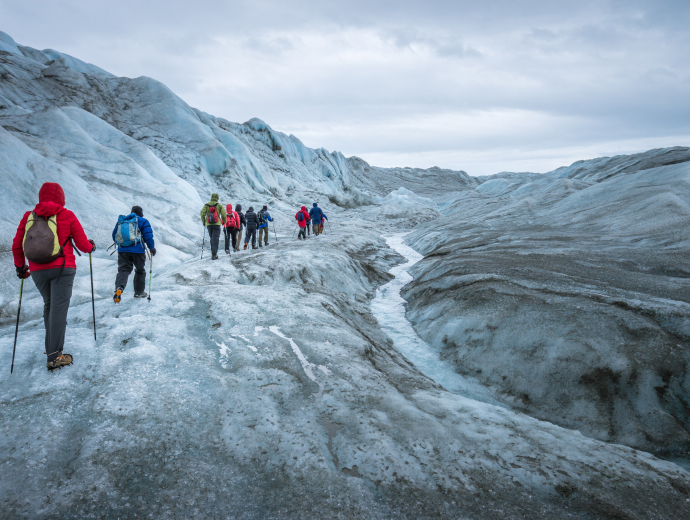

All templates & guidance documents
These templates and guidance documents serve as navigational tools, providing structured frameworks and insightful advice. From project proposals to reporting mechanisms, this comprehensive collection is crafted to foster clarity, consistency, and efficiency in your Interreg NPA endeavors.
Go to documentsPhoto credit: Picture used in Step 3 has been provided by INNOCAP project.

